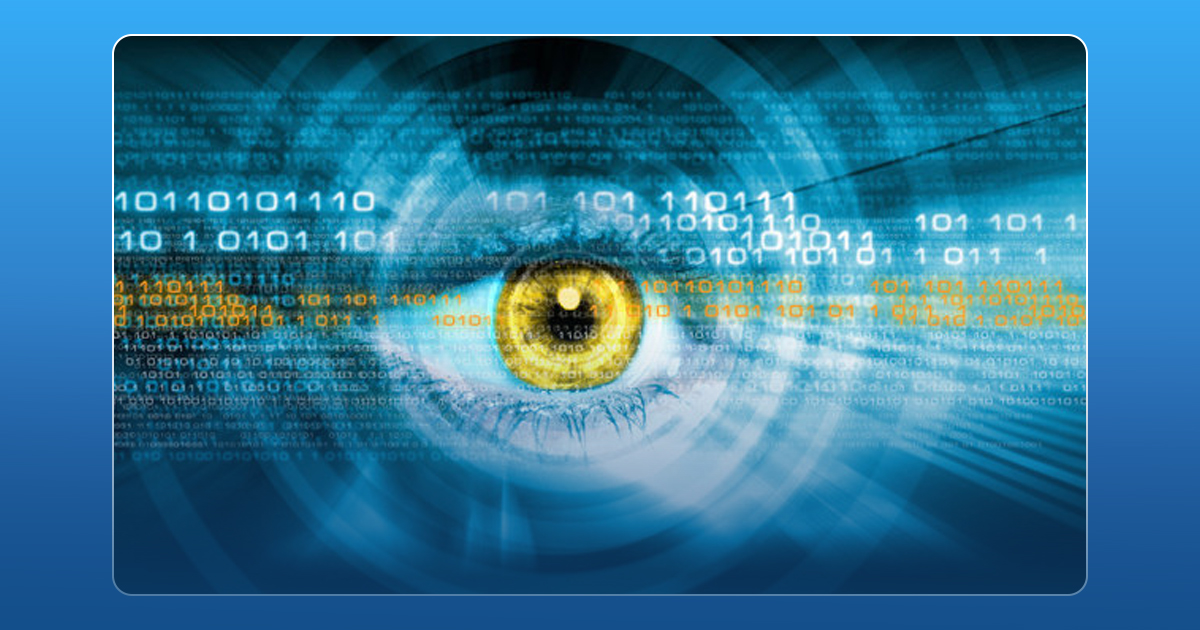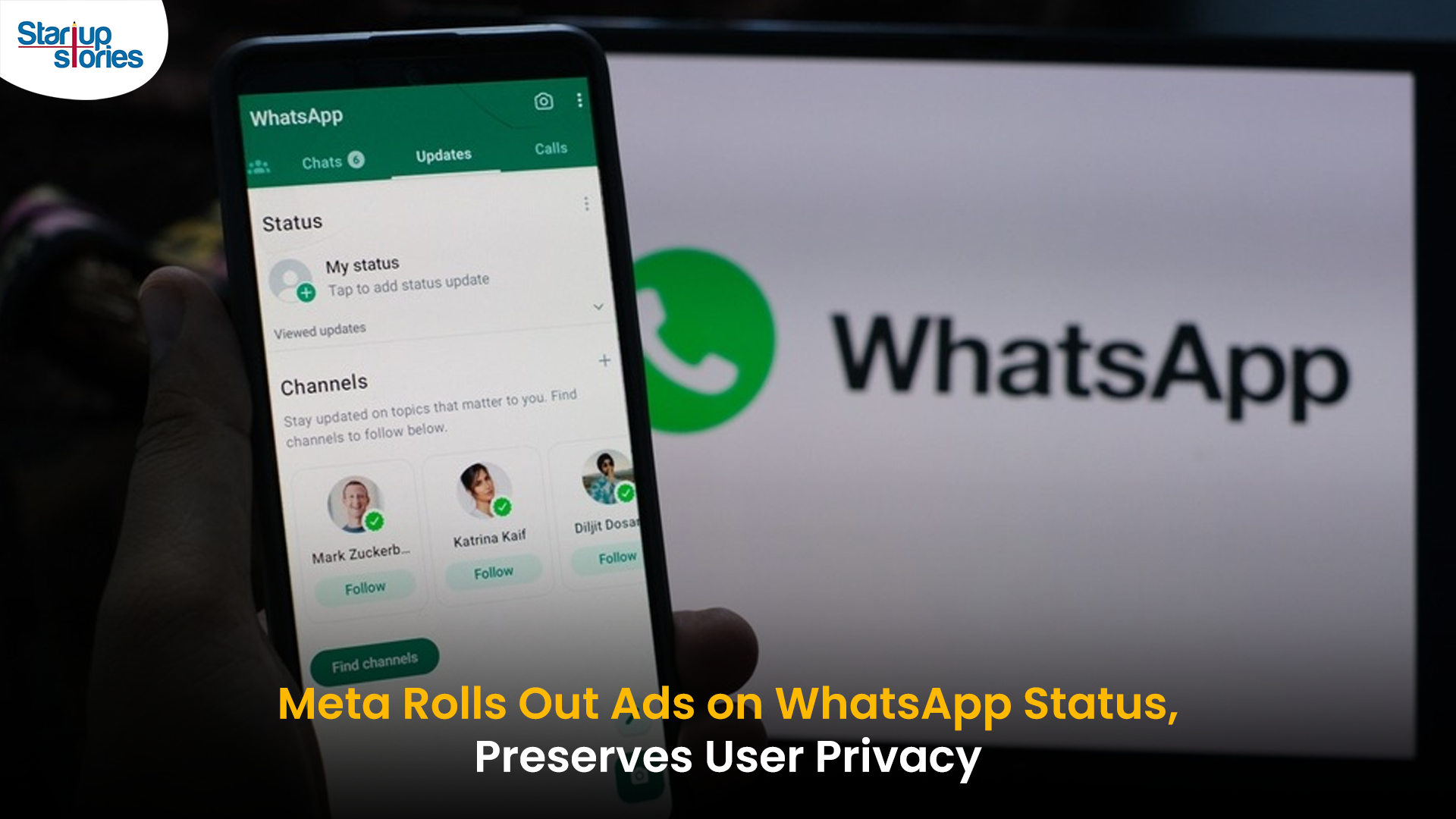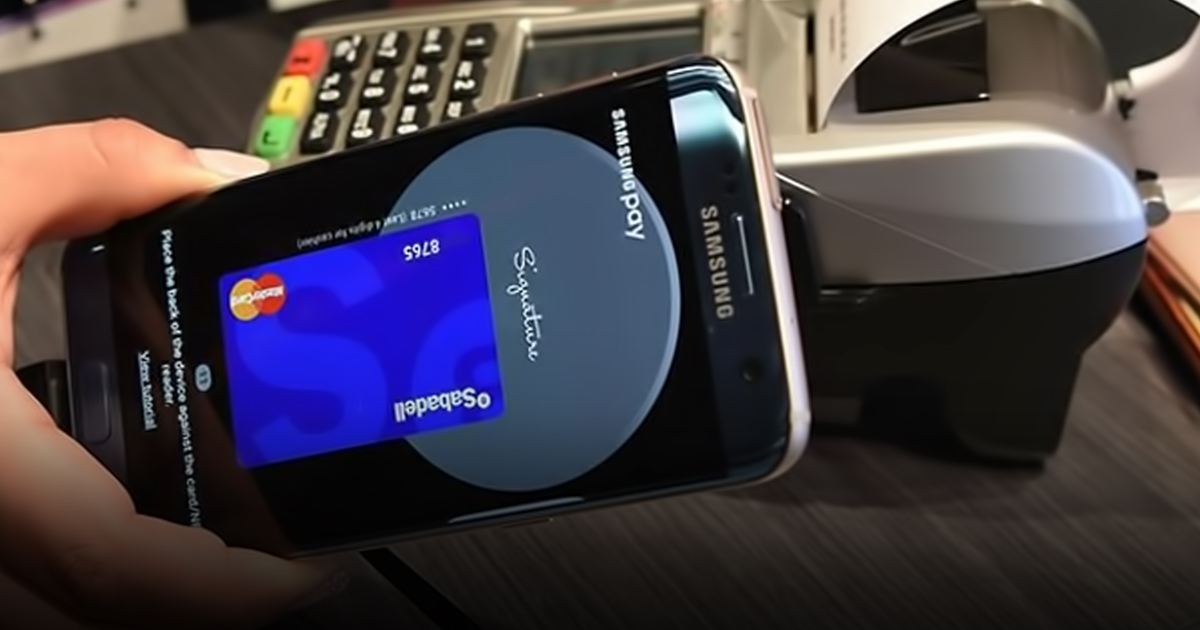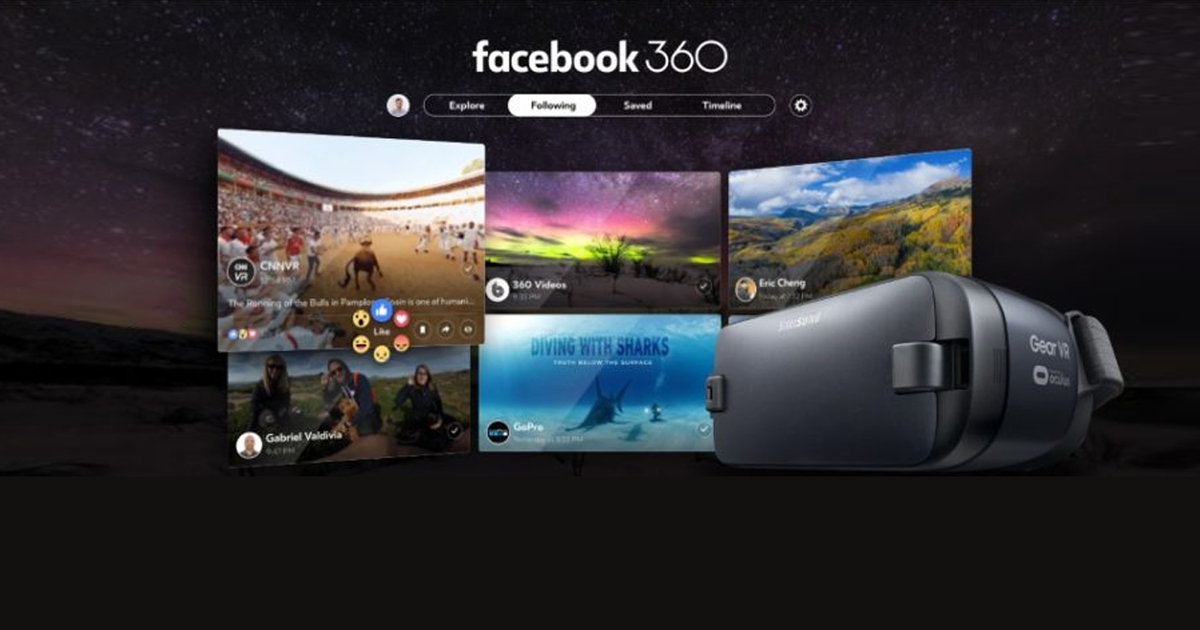Technology
Aadhaar Can Be Authenticated by SmartPhone Iris Trackers Soon

Delta ID Inc., the largest provider of IRIS scanning technology for smartphones has proposed an economical way to increase the accuracy in biometric authentication of Aadhaar by introducing mobile phones integrated with this IRIS.
Dr. Salil Prabhakar, CEO, Delta ID Inc. Says “The IRIS integrated smartphones will surely solve all the defaults in Aadhar biometric authentication. The worldwide biometric community and UIDAI have checked and found IRIS have better reliability and accuracy. The accuracy will be increased once the cheaper IRIS integrated mobile devices are introduced in the market.”
The government is involving Aadhaar and making it mandatory for many purposes:
1) Peer to Peer transfer of money
2) Citizen Service Delivery
3) Know Your Customer (KYC)
4) Opening Bank Accounts
5) For Government Subsidiaries
6) Online Purchases
7) Controlling Access
8) ATM usage
To implement the smartphones with IRIS technology, Delta ID Inc. partnered with Samsung and launched the first IRIS integrated tablet in May 2016. This technology will be reached soon to smartphones, not only for the high range mobiles like Samsung S8 but also in low-cost smartphones from Indian manufacturers.
The active IRIS technology passed the Standardisation Testing and Quality Certification’s (STQC) FRR test with an accuracy of 99% and also got certified by STQC. Delta ID’s IRIS technology is the first and foremost technology ready to use for devices like mobile phones, tablets, and laptops. The active IRIS is the combination of Delta ID’s iris recognition software and a secure camera provides the fast, easy, reliable, safe and secure iris technology on the mobile phone.
The Active IRIS technology integrated mobile device is certified for use with the world’s largest biometric system, Aadhar for citizen authentication and eKYC (Know Your Customer)
The combination of STQC certified hardware components and Active IRIS can be easily integrated into any device for introducing it very swiftly into the market.
News
Google Launches Startup Hub in Hyderabad to Boost India’s Innovation Ecosystem

Google has launched the Google Startup Hub Hyderabad, a major step in strengthening India’s dynamic startup ecosystem. This new initiative aims to empower entrepreneurs, innovators, and developers by giving them access to Google’s global expertise, mentoring programs, and advanced cloud technology. The hub reflects Google’s mission to fuel India’s digital transformation and promote innovation through the Google for Startups program.
Located in the heart of one of India’s top tech cities, the Google Startup Hub in Hyderabad will host mentorship sessions, training workshops, and networking events designed for early-stage startups. Founders will receive Google Cloud credits, expert guidance in AI, product development, and business scaling, and opportunities to collaborate with Google’s global mentors and investors. This ecosystem aims to help Indian startups grow faster and compete globally.
With Hyderabad already home to tech giants like Google, Microsoft, and Amazon, the launch of the Google Startup Hub Hyderabad further cements the city’s position as a leading innovation and technology hub in India. Backed by a strong talent pool and robust infrastructure, this hub is set to become a growth engine for next-generation startups, driving innovation from India to global markets.
Technology
Jio Unveils Cloud PC Service to Bring Affordable Computing to Indian Households

- Jio Platforms has launched JioPC, a cloud-based virtual desktop service that transforms any television connected to a Jio Set Top Box into a fully functional computer.
- Users simply connect a keyboard and mouse to access a desktop-like environment, complete with web browsing, productivity tools, and educational apps—all without needing a physical PC or extra hardware.
- The service is device-agnostic and works with all consumer PC brands, making advanced computing accessible and affordable for millions across India.
JioPC is designed to support a wide range of activities, from professional work to online learning and creative projects. By leveraging Jio’s robust cloud infrastructure, users can run even compute-intensive AI applications directly from their TV screens. The platform also ensures data security and reliability, as all files and settings are safely stored in the cloud, protecting users from data loss even if their device is reset or replaced.
With JioPC, Jio aims to democratize digital access and bring high-performance computing to Indian households at a fraction of the traditional cost. The service supports popular productivity suites like LibreOffice and Microsoft Office online, and Jio is offering a free trial to encourage users to experience the benefits firsthand. This innovative move is set to reshape how people in India work, learn, and connect in the digital age.
Technology
WhatsApp Introduces Ads in Updates Tab, Keeps Chats Ad-Free

Meta has officially begun rolling out ads on WhatsApp, ending over a decade of an ad-free experience since its acquisition in 2014. The advertisements will appear only in the Updates tab, specifically within the Status feature, which lets users share photos, videos, and text updates that disappear after 24 hours—similar to Instagram Stories.
Where Ads Will Appear
- Ads will be visible exclusively in the Status section of the Updates tab, keeping personal and group chats ad-free.
- Businesses can use these ads to encourage users to interact via WhatsApp messaging.
- Meta is also introducing paid channel subscriptions and promoted channels within the Updates tab, allowing users to access premium content and discover new channels more easily.
Privacy and Targeting
Meta has emphasized that private messages, calls, and group chats will remain end-to-end encrypted and free from advertising. Ads will be personalized using limited, non-sensitive data such as location, language, followed channels, and ad interactions. Users can further manage ad preferences if they link WhatsApp to Meta’s Accounts Center.
User and Business Impact
The move marks a major shift for WhatsApp, which has long resisted advertising to preserve a clean messaging experience. While some users have criticized the change, Meta sees this as a significant opportunity to monetize WhatsApp’s 3 billion users and over 200 million businesses on the platform.
In summary, WhatsApp’s new ads will be confined to the Updates tab, ensuring personal messaging remains private and uninterrupted, while opening new monetization avenues for Meta and businesses.











Kuwin
November 6, 2025 at 8:48 am
kuwin sở hữu kho game đa dạng từ slot đến trò chơi bài đổi thưởng, mang đến cho bạn những giây phút giải trí tuyệt vời.
J88
November 7, 2025 at 5:37 am
Đến với J88, bạn sẽ được trải nghiệm dịch vụ cá cược chuyên nghiệp cùng hàng ngàn sự kiện khuyến mãi độc quyền.
谷歌站群
November 14, 2025 at 7:37 am
专业构建与管理谷歌站群网络,助力品牌实现全域流量的强势增长。谷歌站群
MM88
November 14, 2025 at 2:13 pm
Khám phá thế giới giải trí trực tuyến đỉnh cao tại MM88, nơi mang đến những trải nghiệm cá cược thể thao và casino sống động.
iwin
November 19, 2025 at 9:27 am
iwin – nền tảng game bài đổi thưởng uy tín, nơi bạn có thể thử vận may và tận hưởng nhiều tựa game hấp
GO88
December 1, 2025 at 12:31 am
Tham gia cộng đồng game thủ tại Go88 để trải nghiệm các trò chơi bài, poker phổ biến nhất hiện nay.